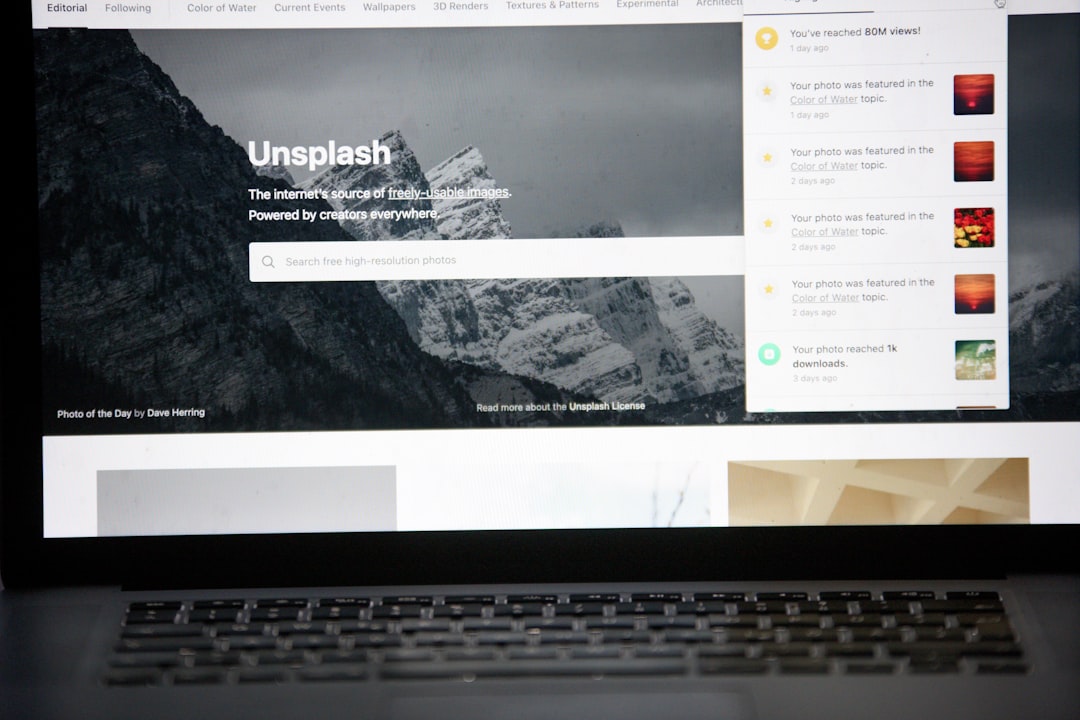When interacting with conversational AI like ChatGPT, privacy is a primary concern for many users. Whether you’re entering sensitive information or simply prefer not to have your activity stored, using Incognito Mode ensures your conversations remain confidential and unrecorded. OpenAI has introduced features designed to give you greater control over your data, including Incognito Mode within ChatGPT.
This article provides a comprehensive guide on how to use Incognito Mode in ChatGPT effectively. By the end, you’ll understand how to enable it, what it does, and when it’s best to use this feature.
What Is Incognito Mode in ChatGPT?
Incognito Mode in ChatGPT is a privacy-focused setting that prevents your chat history from being stored or reviewed by OpenAI. When activated, the system does not save your inputs or responses for model training or quality assurance. This feature is particularly useful for individuals and professionals who prioritize confidentiality and data protection.

Benefits of Using Incognito Mode
There are several important advantages to using Incognito Mode:
- Data Privacy: Your conversations are not stored or used for training future AI models.
- Enhanced Security: Sensitive information remains confidential and is not retrievable later.
- Temporary Sessions: Once the session ends, none of your chat data is retained.
- Professional Use: Suitable for therapists, lawyers, or corporate users who handle private client data.
Step-by-Step Guide to Activate Incognito Mode
Activating Incognito Mode in ChatGPT is straightforward. Just follow these simple steps:
- Sign in to your ChatGPT account on chat.openai.com.
- Click on your name or user icon in the bottom-left corner of the screen.
- Choose the Settings option from the menu that appears.
- Click the Data Controls section in the Settings menu.
- Locate the option labeled “Chat history & training”.
- Toggle off the setting. A pop-up will confirm you are entering Incognito Mode.
Once the setting is disabled, your active session will switch to Incognito Mode automatically. You can recognize this by a banner notification or icon that appears, indicating that your chat history is off.
Important Notes About Incognito Mode
While Incognito Mode is useful for privacy, it’s essential to understand its limitations and implications:
- Temporary Chat Data: You can still engage in meaningful conversations, but once the session ends, all data will be cleared.
- Limited Feature Access: In Incognito Mode, some features depending on history—like recalling previous prompts—may not work.
- Manual Mode: Incognito Mode must be manually toggled each time you want a private session—it’s not the default.

When to Use Incognito Mode
Knowing when to use Incognito Mode can further enhance your user experience. Here are some ideal scenarios:
- Discussing sensitive personal issues: Perhaps you’re using ChatGPT for mental wellness or emotional journaling.
- Professional consultations: If you’re seeking legal, financial, or medical advice.
- Exploring confidential topics: Any subject matter you prefer not to be saved or tied to your account.
Using Incognito Mode creates a trusted space for these discussions and helps prevent data leakage or future retrieval of chat contents from the history.
Frequently Asked Questions
Q: Does Incognito Mode prevent OpenAI from seeing my data at all?
A: While data may be temporarily stored for operational functionality, it is not retained or used to improve models. The conversations are excluded from training datasets and are deleted after a short period, in accordance with OpenAI’s data retention policies.
Q: Can I access previous Incognito chats?
A: No. One of the features of Incognito Mode is that no chat history is available after your session ends.
Conclusion
Incognito Mode in ChatGPT aligns with the growing demand for online privacy. By giving users the ability to control what is stored and what is forgotten, OpenAI has taken a significant step toward responsible AI usage. Whether you’re handling confidential tasks or simply value your digital footprint, enabling Incognito Mode offers peace of mind and a more secure user experience.
Always remember: While ChatGPT is a powerful tool, using it responsibly—and securely—remains your responsibility.




